This post is sponsored by Advancement Courses.
Have you noticed how much the education profession loves buzzwords, jargon, and trends? It’s true, but for a reason. It’s a hard job no matter the age of your students, and we are all looking for the best ways to motivate and support our students as they learn. Often, when a new trend hits education, I try to learn as much about it as I can and filter it through an early childhood lens. What many in upper levels of education don’t know is that our students aren’t just smaller versions of older students with smaller shoes and a smaller vocabulary. Young children in their early childhood years learn differently, and our classrooms and practice ought to reflect that. The term “growth mindset for kids” has been very popular for a few years now in education, but much of the resources that are out there are geared toward settings and teachers in elementary school or higher. I wanted to give you a quick and simple look at what a growth mindset for kids would be like in an early childhood classroom.
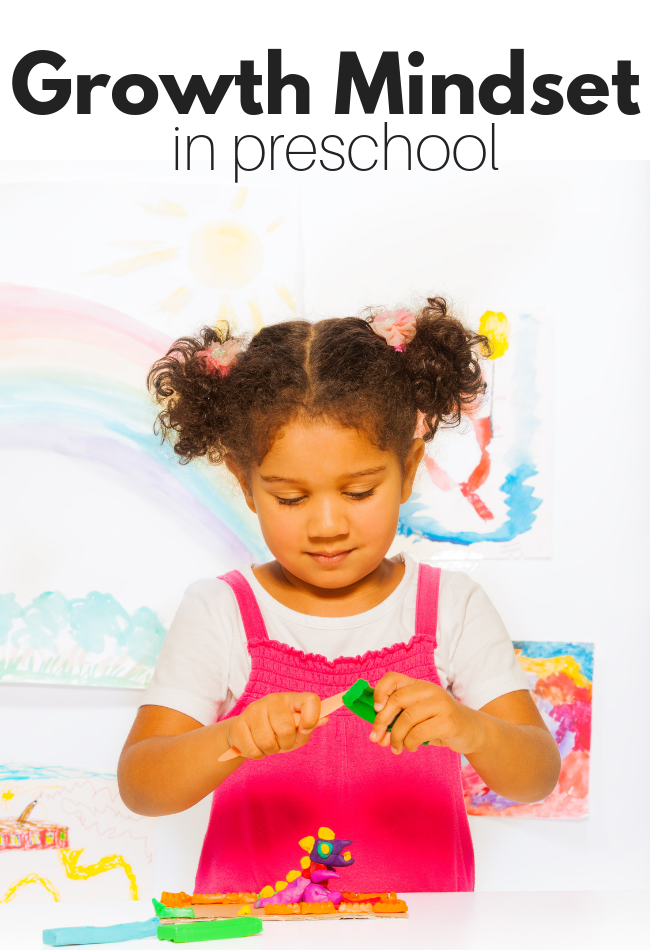
What Is A Growth Mindset For Kids?
Before I give you examples of when and where you can foster resilience in your classroom, let’s define what a growth mindset is in the first place. A growth mindset is the belief that our abilities and intelligence can change and grow with effort.
The whole idea of a growth mindset is rooted in the concept that learners face challenges and tasks with one of two mindsets. A fixed mindset that sees ability as finite and already set, for example, “I did well because I am smart” or “I failed because I am dumb.” In a fixed mindset, there is no room for improvement; there is a belief that no effort will be enough to overcome the challenge, and there is no motivation to keep going because there’s no point. The polar opposite, of course, is the growth mindset that sees failures as attempts at future successes, considers challenges as motivation and a chance to develop new skills, and it builds confidence through effort.
The reality is very few children are always in a fixed mindset or always in a growth one, the specific task and their existing skill set normally play a large role in where they fall on the spectrum of fixed or growth. Still, we know that a growth mindset is where we want the children to be because setting the stage for becoming resilient learners will help our students in the classroom and out.
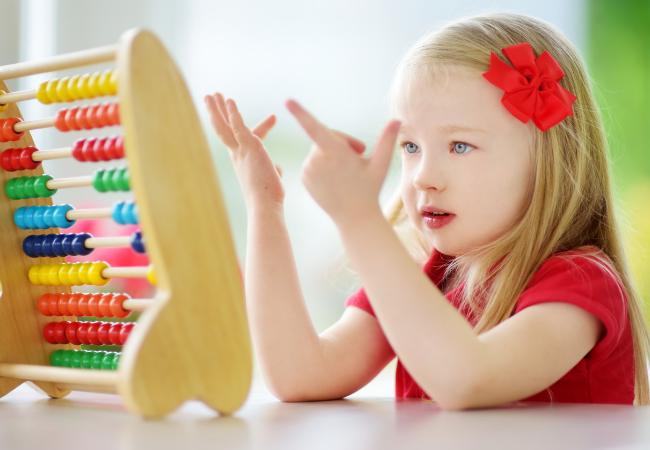
Growth Mindset for Kids in Early Childhood Education
Praise the Process!
Don’t we already do that in ECE? I think we do for the most part, but I think there is much more to a growth mindset than that. Some of the things I think we should be focusing on in these younger years to set the stage for a growth mindset is to focus on problem-solving, confidence building and accepting mistakes and failures as part of the process.
How do we do that?
- Do not swoop in to fix things for your students. Give them the time to try – and fail – to fix their own challenges. This goes for all areas of your classroom. Yes, more messes will be made but more will be cleaned up by students this way, too. I used to say, “Go get some paper towels.” So much more often now, I find myself saying, “How can you fix this?” Just that little change makes a big difference. I give my students the opportunity to fix this themselves, but I am there if needed.
- Give children the time and space to use materials in their own way. This isn’t just about letting them play and use their imaginations; it’s also about building confidence, independence and creative problem solving, which are all big parts of fostering that growth mindset.
- Encourage risk-taking. This can be physical risks like climbing higher on the play equipment, using real tools like a kitchen knife when cooking or touching that slug in the garden. This will be different for every child, and you should only permit safe choices while still trusting the child.
- Encourage peer help before adult help. This has the bonus of also helping to develop a stronger classroom community.
- Make space for frustration. Talk about that emotion and how to deal with it. Help your students be motivated by frustration, not shut down by it.
- Praise effort authentically and specifically.
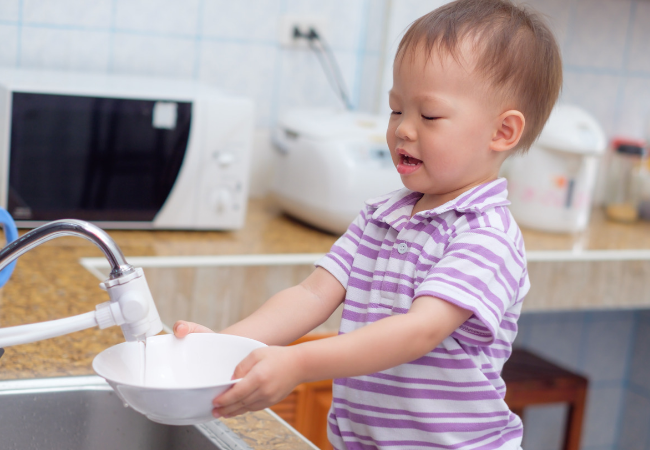
How to Set Up Your Classroom for Growth Mindset
It’s hard for me not to think about Lev Vygotsky’s Zone of Proximal Development (ZPD) when we discuss how to foster a growth mindset in young children. If you are not familiar with this theorist or his work, let me give you a quick lesson about ZPD. Essentially, the idea is that the best zone for learning is where there is a challenge but not so much of a challenge that it causes too much frustration. Ideally, a place where a peer, parent or teacher can be a scaffold for learning without offering too much help. This is where Vygotsky (and I) believe the best learning happens. This is especially appropriate for the ECE classroom where peers often learn together and act as scaffolding for one another.
As we look at ways to foster a growth mindset for kids in our ece spaces, we need to consider how we set up our classrooms with activities that can be done with peers acting as scaffolds for one another and teachers. The other thing we must consider is how to deep-dive together with our students as their knowledge grows.
How do we do this?
- Before we can start encouraging your students to face challenges, we have to get to know our students through play. Once we know what motivates them and what toys they like best, we can design an environment that can foster growth.
- Observation is so important, so take note of students’ abilities and challenges to know when to make it more challenging and provide scaffolding.
- Use these observations to remind and encourage students to use prior experiences to solve problems and overcome obstacles.
- Reflect on our classroom and practices. Are they effective for learning? Are we just doing some things because we have always done them?
- Be flexible with our curriculum. The best way to successfully foster growth is to use an emergent curriculum based on students and not a preset system. This way we can build on prior experiences and dive deep into learning together.
- Set up our classrooms so that children know where the tools are that they need to be independent and fix their problems. Can they go to the bathroom without help if they are ready? Can they get their own tissue? Do they clean up after themselves at meal times? These daily routines are important for fostering independence and confidence.
Learn More About Growth Mindset for Kids
This is a very basic overview of a growth mindset for the early childhood classroom. For a much more in-depth examination of growth mindset and either 3 semester hours of graduate work or 45 non-credit hours of professional development, you should check out Advancement Courses The Growth Mindset: Fostering Resilience and a Love of Learning.
You can get 20 percent off any course offering using the exclusive coupon code NOTIME20.
Advancement Courses offers educators high quality, accessible online courses about topics relevant to teaching. These courses aren’t easy fluff courses. These courses will challenge you to be a better educator, and after taking them, you will be. I don’t want to waste my time getting professional development hours with topics that will check off the hours but, in the end, won’t help me be a better teacher. Advancement Courses are top notch, and after taking any of their amazing course offerings, you will be better prepared to tackle the challenges in your classroom.
Since 1988, Advancement Courses has been a leader in professional development, providing expertly-crafted, classroom-applicable courses to thousands of teachers across the country. Their catalogue includes over 200 graduate level, self-paced courses in 17 different subject areas covering both foundational topics and emerging trends in K-12 education. Designed to be meaningful and engaging, courses combine innovative techniques with a focus on developing practical tools that are immediately applicable in the classroom. The graduate credit courses are through five regionally accredited university partners. Upon successful completion, learners receive a letter grade and a transcript directly from the partner institution. With this transcript, they may be applied to other approving institutions.
Check out their whole catalogue of graduate credit and professional development courses here.
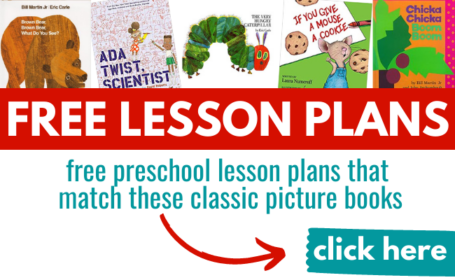
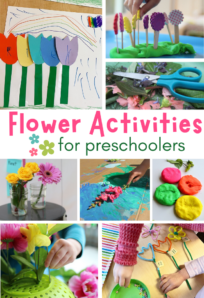
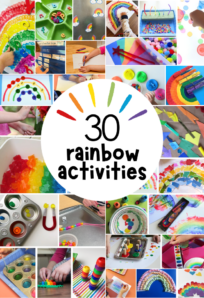
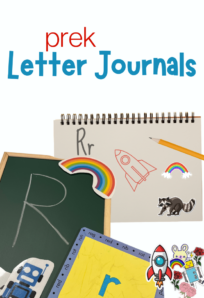
Denice Luczak says
Enjoying this website!!
Dylan says
I had never really thought about the connection between a growth mindset and the zone of proximal development before… but that seems to be very true. It’s a topic worth thinking more about when designing lessons at any age!
Thanks for a great article.